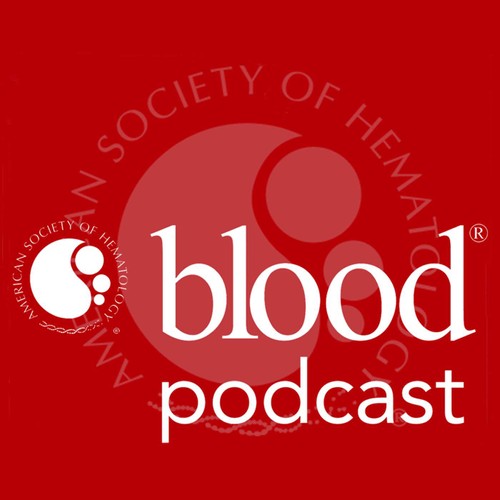
 Blood Podcast
Blood Podcast Clonal hematopoiesis in frequent blood donors, immune microenvironment and bispecific antibody response in diffuse large B-cell lymphoma, and blinatumomab as part of early consolidation therapy in CD19-positive Ph-negative B-cell acute lymphoblastic lymphoma
May 22, 2025
Discover the intriguing link between frequent blood donation and clonal hematopoiesis in older men, revealing potential mutations in their blood cells. Delve into the immune microenvironment influencing treatment responses in diffuse large B-cell lymphoma, uncovering how these biological variations can predict patient outcomes. Additionally, explore the promising role of blinatumomab in enhancing therapy for CD19-positive acute lymphoblastic leukemia, showing significant benefits for minimal residual disease clearance and overall survival.
AI Snips
Chapters
Transcript
Episode notes
Frequent Donors Show Adaptive Mutations
- Frequent male blood donors do not have higher prevalence of premalignant clonal hematopoiesis mutations compared to controls.
- They harbor distinct DNMT3A mutations associated with erythropoietic adaptation rather than leukemia risk.
DLBCL Immune Environment Predicts Response
- Immune microenvironment divides DLBCL into four subtypes influencing response to bispecific antibodies.
- GCB-hot DLBCLs with T-cell infiltration show improved progression-free survival after bispecific antibody therapy.
Genomic Alterations Link to Immune Status
- MYC alterations correlate with immunologically cold DLBCLs, suggesting immune evasion.
- Loss of SOX1 in GCB DLBCL may enhance interferon gamma response, increasing vulnerability to T-cell therapies.
